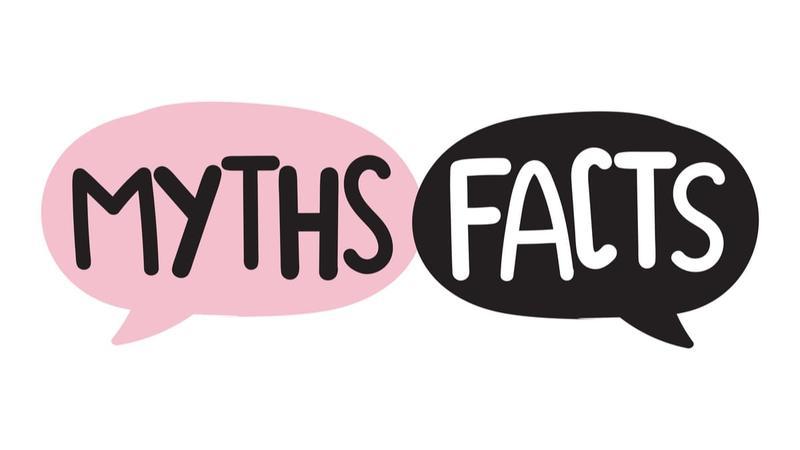Car insurance is a confusing topic for many people, and it doesn’t help that there are a number of pervasive myths that continue to be circulated. The many myths about car insurance are easily dispelled with a little research, and the more you know the better prepared you will be to choose the right policy and make sure you get the best rate. Here are some of the top car insurance myths, and the truth behind them.
- Car Insurance Companies all Rate the Same Way.
This myth leads a lot of people to think that with their particular situation, be it a ticket, an accident, or status as a new driver, they can’t get a better rate anywhere else. Car insurance companies all have their own system of rating a policy, and each gives a different amount of rate to the various factors that go into determining premiums. That means shopping around can benefit just about anyone.
- Car Insurance Covers You in Any Car You Drive.
Unfortunately, this one is just not so. Whether you are in a rental car or driving a friend’s car, your insurance doesn’t necessarily follow you as a driver. Insurance goes with the car, not the driver, so when you’re behind the wheel of a friend’s car, it’s usually their insurance that will be first in line to pay a claim. As for rental cars, you can add coverage for that to your policy – but unless you do, you may not be covered for any damage to the rental vehicle.
- Accident Forgiveness Means You’ll Never Pay an Increase.
Accident forgiveness is a great way to avoid an insurance increase for your first accident. But you have to remember that it has limitations. All insurance companies have situations that are excluded from the forgiveness program. And if you switch insurance companies, that forgiveness won’t come with you – the new insurance company may charge you for an at fault accident that is on your record.
- Insurance Rate Increases are Random.
Insurance companies can’t increase your rates at any time for no reason. There is always a reason behind an increase in your rates. It may be an obvious one, such as an accident or a ticket. It may also be a change in the way your policy is rated due to new statistics that affect the risk level you represent. Sometimes rate increases are company-wide. Most increases happen on renewal – if you see a rate increase mid-term and haven’t made any changes to the policy, call your insurance professional to inquire. It's also a good idea to shop around for car insurance quotes to see if you could be paying less.
- No-fault Insurance Means No One’s At Fault.
This term is used to describe a type of insurance system in which your insurance company pays your end of the claim no matter who is at fault. Someone may still be found at fault in the accident, and that person may see a rate increase as a result.
- New Drivers Can’t Reduce Their Rates.
It’s true that usually new drivers face higher rates, but that doesn’t mean there’s nothing that can be done about it. There may be some discounts available to new drivers that will help them to get lower rates, including the good student discount and discounts for taking driver education courses.
- If the Police Say You’re Not at Fault, the Insurance Company Will Agree.
The determination of fault on the part of the police doesn’t necessarily determine what the insurance company will decide. Although insurance companies do use police reports in their fault determination, they make their determination using the Fault Determination Rules as outlined in the Insurance Act in Ontario.
- Your Insurance Covers You Everywhere.
Canadian insurance policies will cover you everywhere in Canada as well as the United States, but if you cross the border into Mexico as many snowbirds and tourists do, you will need a separate policy to cover you. You may be able to buy one at the border. It’s also important to know that legal minimums vary across the provinces and in the States; it’s a good idea to make sure you meet the minimums in any place you plan to spend more than a day or two.
- In a Total Loss, You’ll Get What You Owe.
When your car is written off as a total loss, your car insurance company is only required to pay the actual cash value of the car. That means that even if you owe more on the loan, they don’t have to pay the difference. There are two ways to get around this – one is gap insurance, which may cover the difference. The other is waiver of depreciation coverage, which allows drivers of new cars to be entitled to the brand new value of their car if it’s totaled in the first two years.
- A Ticket or Accident Comes off On the Anniversary of the Incident.
Many people watch the calendar waiting for the day they got that ticket to come around in that third year. It’s true that your insurance company will remove the charge after three years, but since they didn’t start charging you until the renewal after you received the ticket, they can still charge you until renewal following the date that the ticket comes off your record. The ticket won’t automatically come off on the three-year anniversary.
